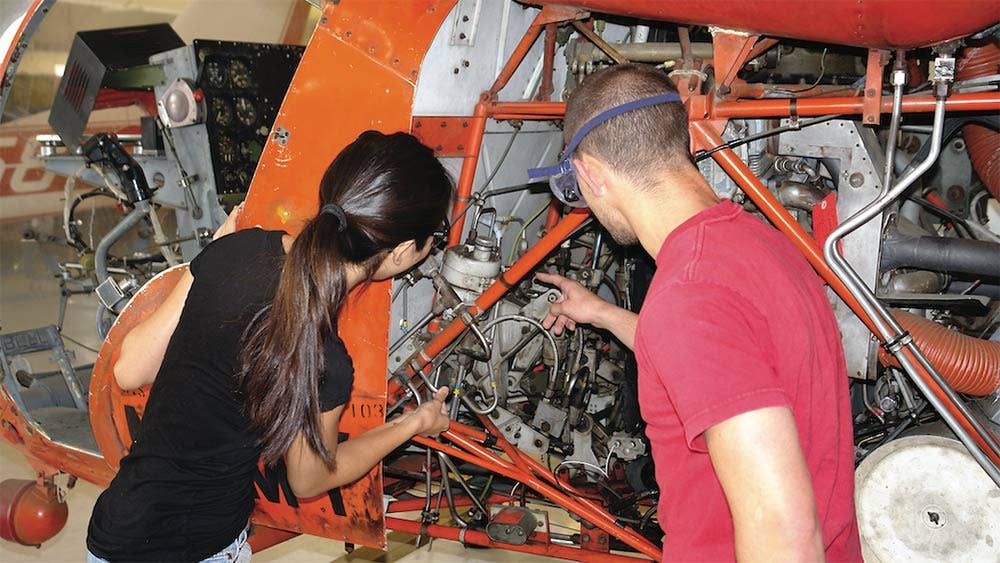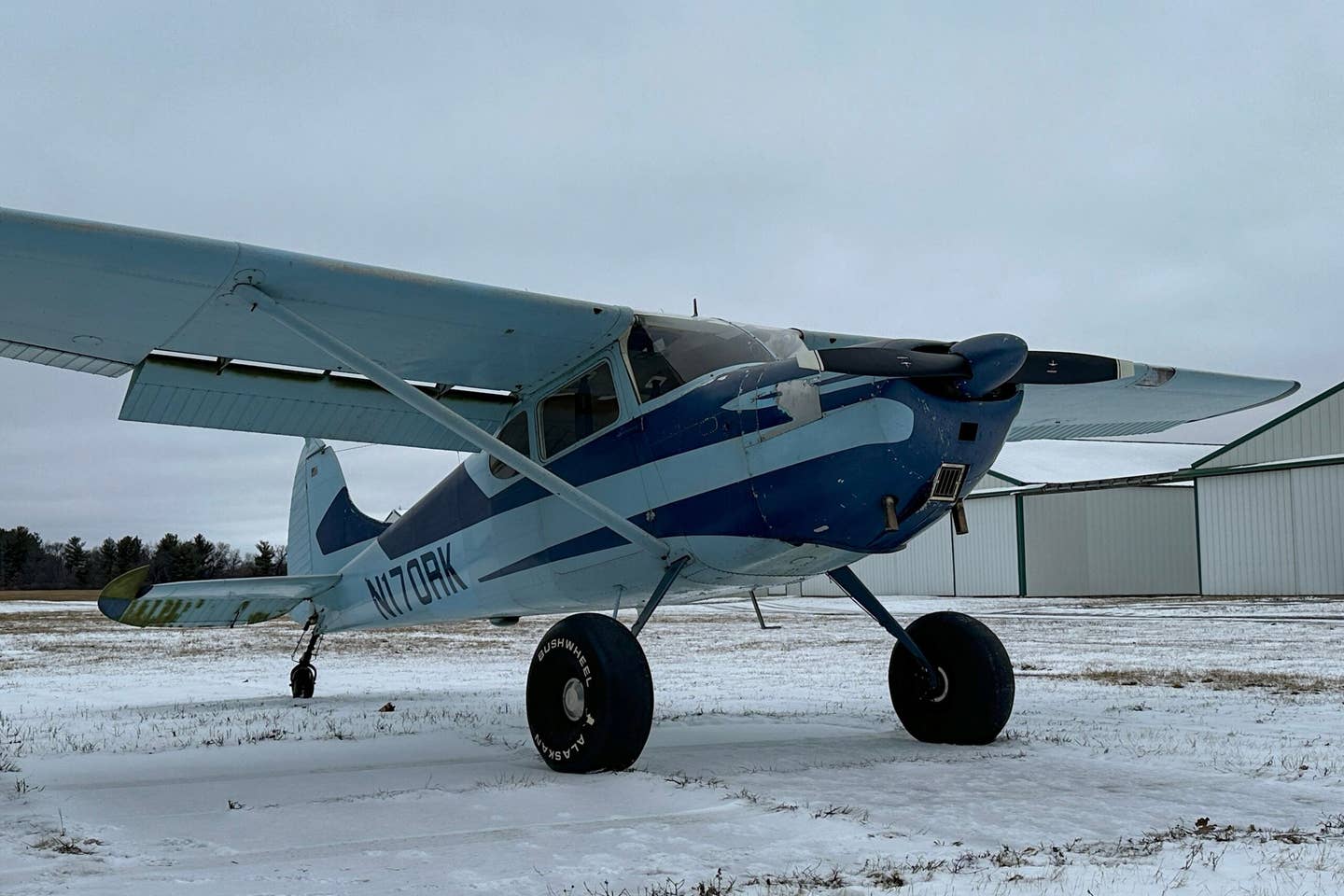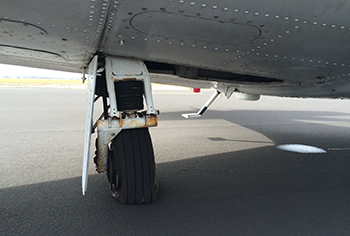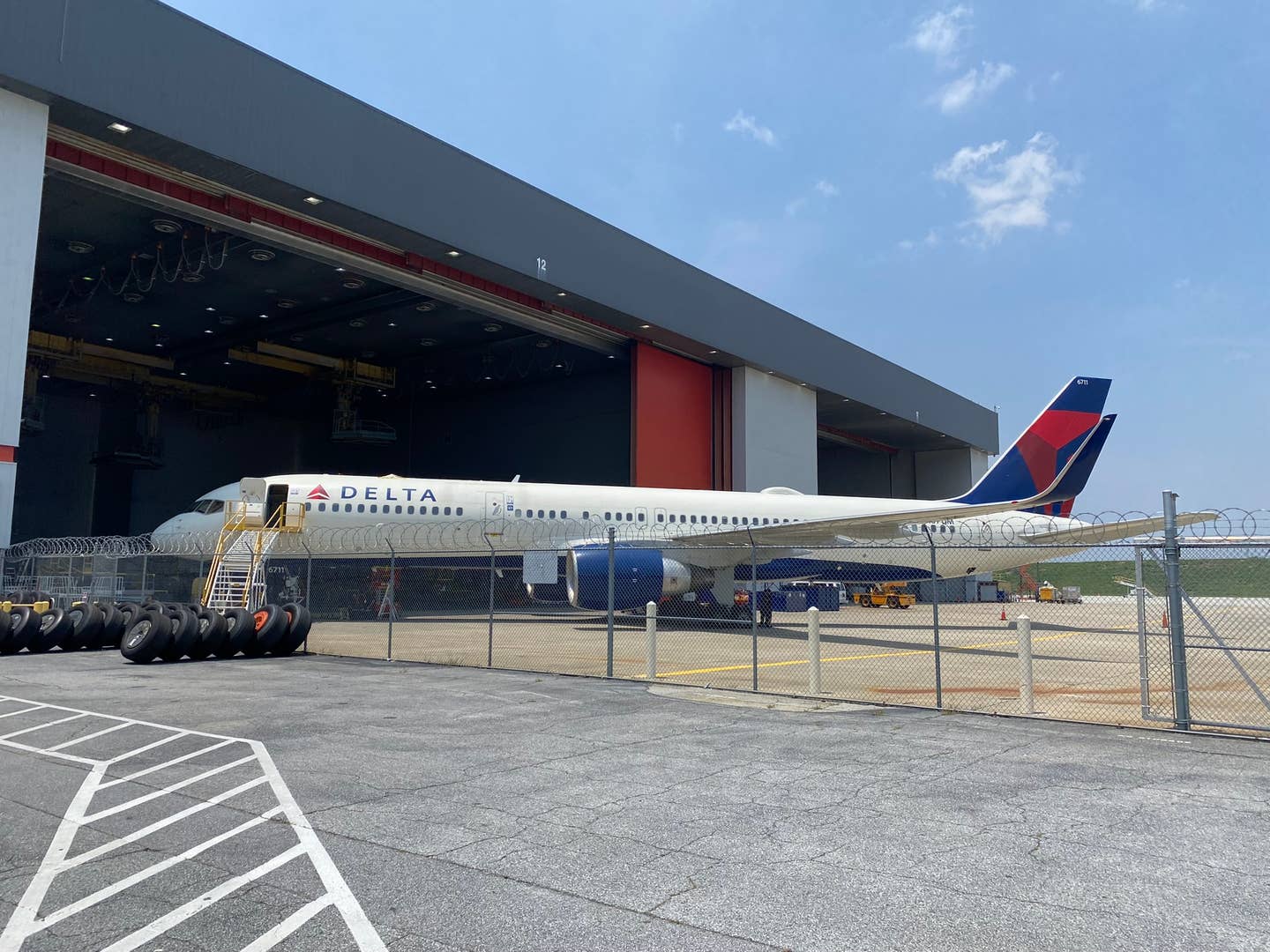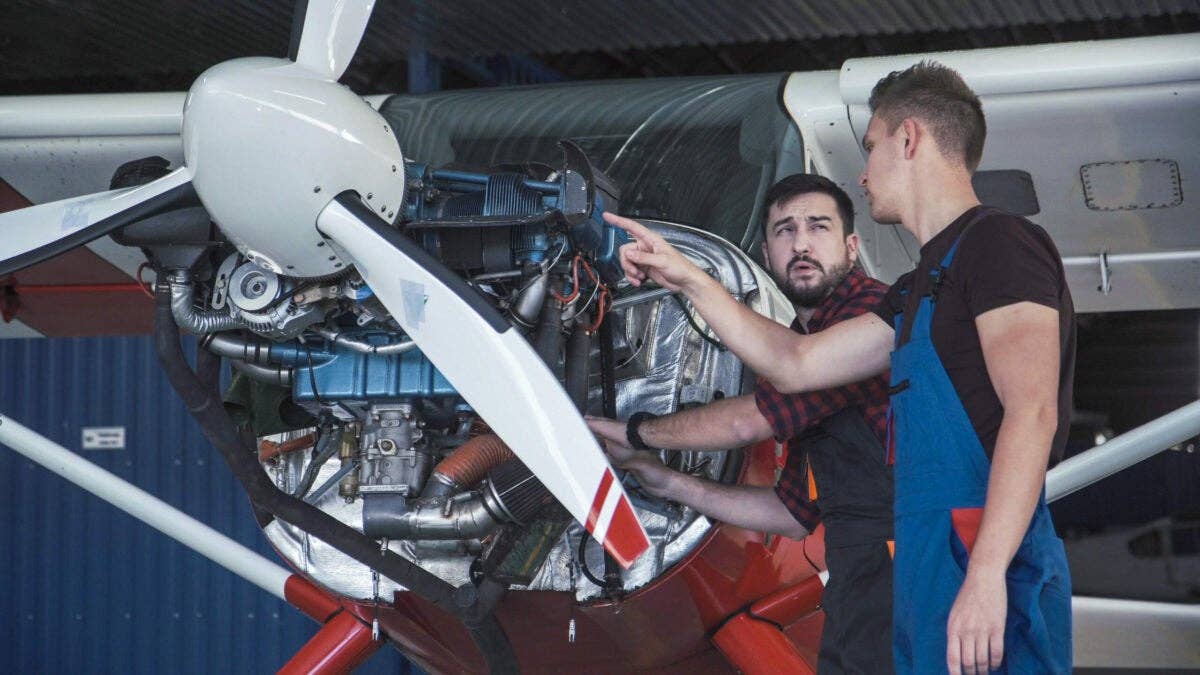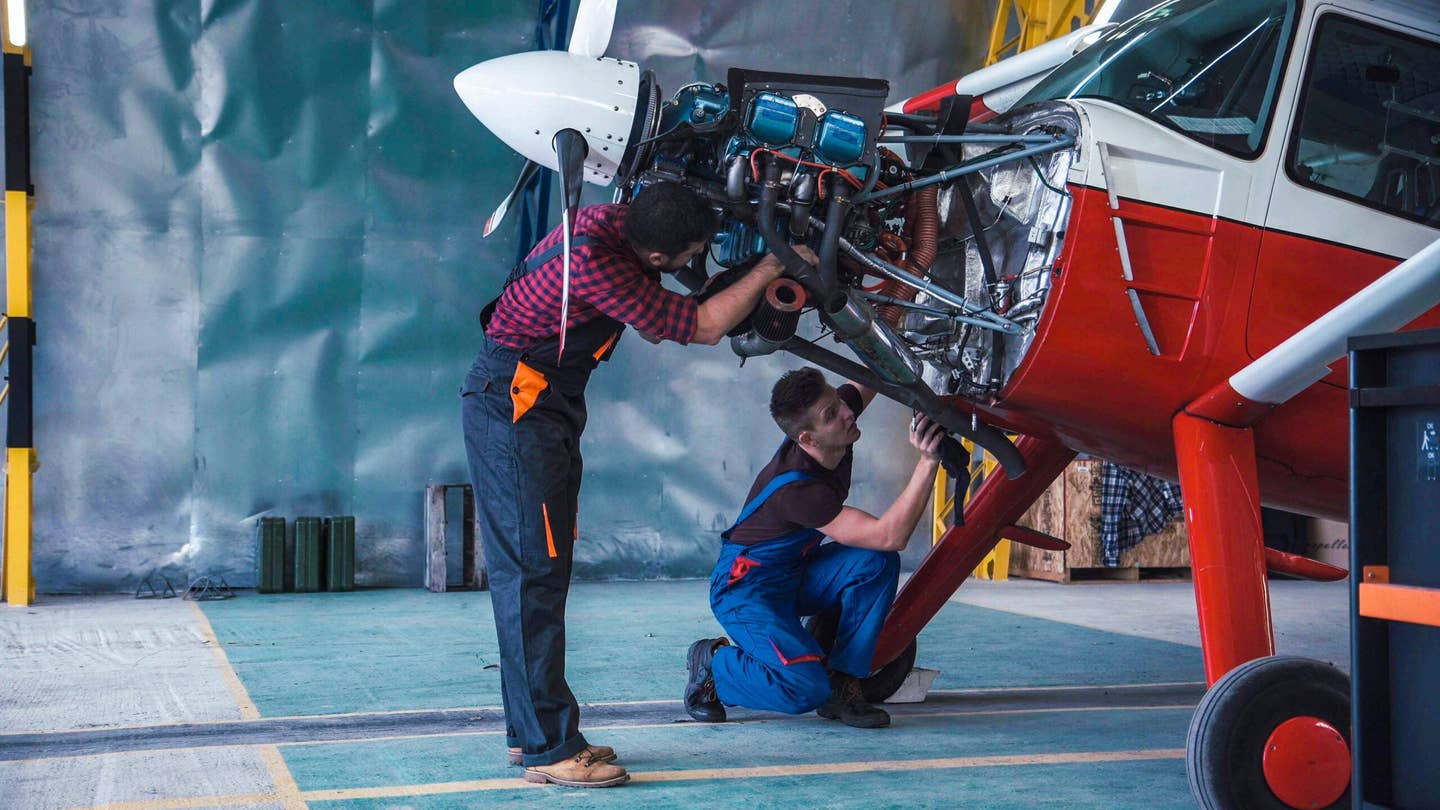Piper Saratoga Avionics Install: Part 1
Airplanes are complex instruments of flight. A delicate balance of art and performance, held in balance by a strict code that dictates what thou shall and shall not do.
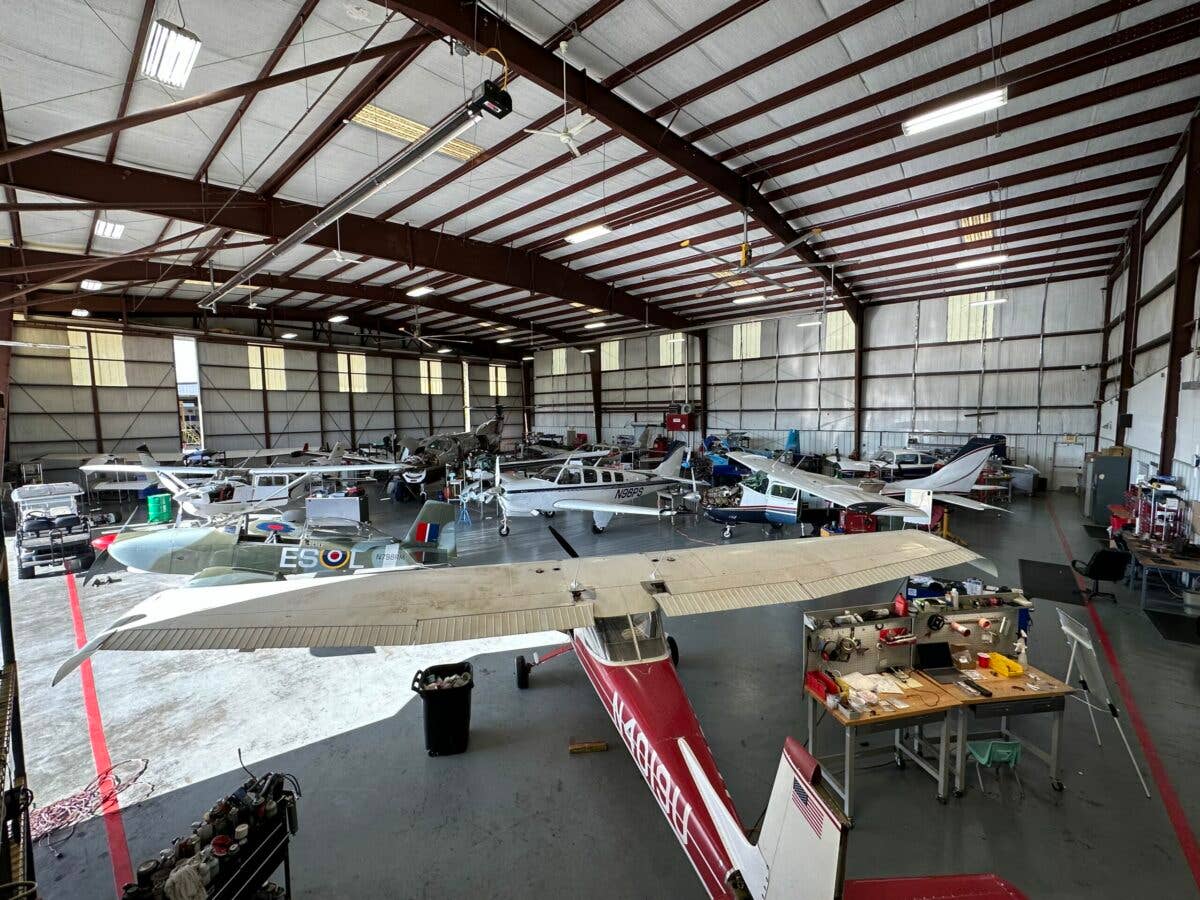
Specializing in avionics, Gardner Lowe Aviation Services has been in the aircraft maintenance business for 30-plus years. [Photo: Gardner Lowe Aviation Services]
Airplanes are complex instruments of flight. A delicate balance of art and performance, held in balance by a strict code that dictates what thou shall and shall not do. Newton's law of universal gravitation dictates that "what goes up must come down." I will expand on that theory somewhat with an addendum, "What goes up must be maintained." Don't believe me? Look it up for yourself, in Part 43. Now that we all agree you must fix your airplane, let's find out how we can do that safely, efficiently, and economically.
Time to Upgrade
I recently wrote an article in FLYING in which I cited the average age of automobiles in the United States was 12.1 years in 2021. It may surprise you that the average age of general aviation aircraft is 30 years. A sizable portion of airplanes are more than 40 years old or older. Some are keen to keep an airplane stock just as if it rolled off the factory floor. Others make minor adjustments, replacing what is mechanically necessary while striving to maintain originality. Then a subset of the population presses the limits of what the feds allow and goes full custom, much like a flying Chip Foose.
Most owner-operators fall somewhere in between. As opportunity is born out of necessity, one must seek the counsel of others when embarking on such endeavors. Even owners like my colleague Corey Sampson, who possesses an A&P and is ATP-certificated, still need support for specialized services. Sampson is more than willing to "phone a friend" when he needs a second set of eyes. That is one of the top "best practices" you can deploy.
This brings me to why we are here. Sampson introduced me to Stephen Mercer and his 1982 Piper PA-32R-301T Saratoga. I spoke with Mercer concerning the recent acquisition of his Saratoga. "The Saratoga is a great airplane, but we are looking to add a little redundancy and some enhanced safety features," Mercer said. That is pilot-speak for "it's time to up-do the panel." Now comes the exciting part: Let's talk flat panel. But which one to choose? And who can install it? The journey is just beginning.
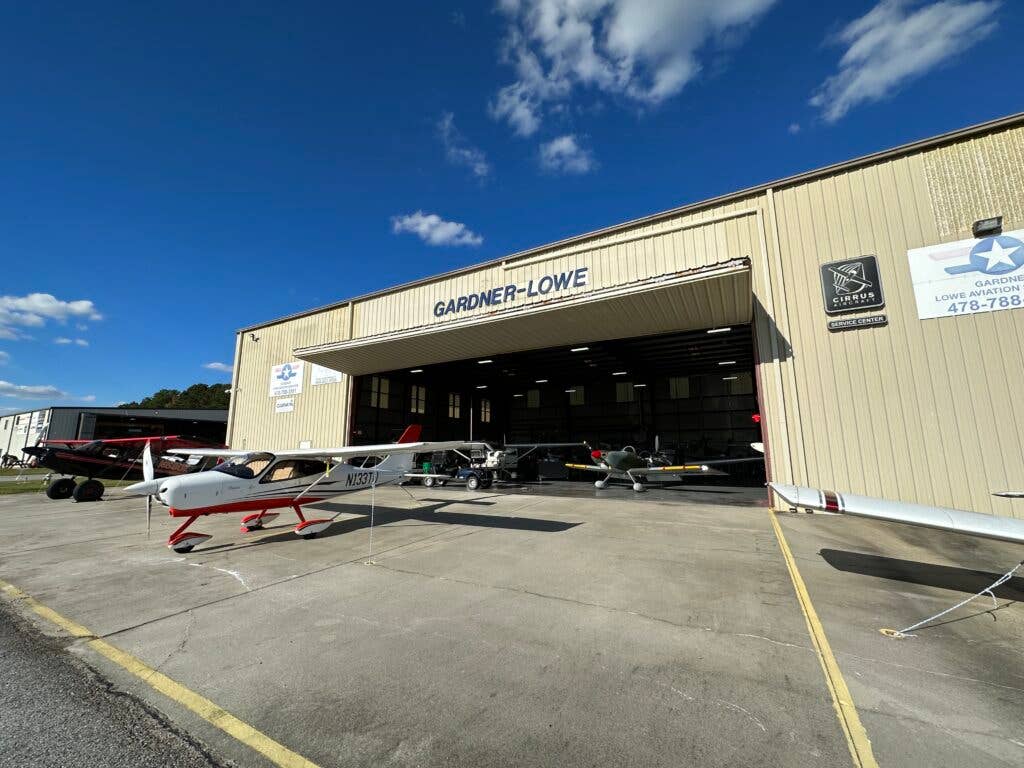
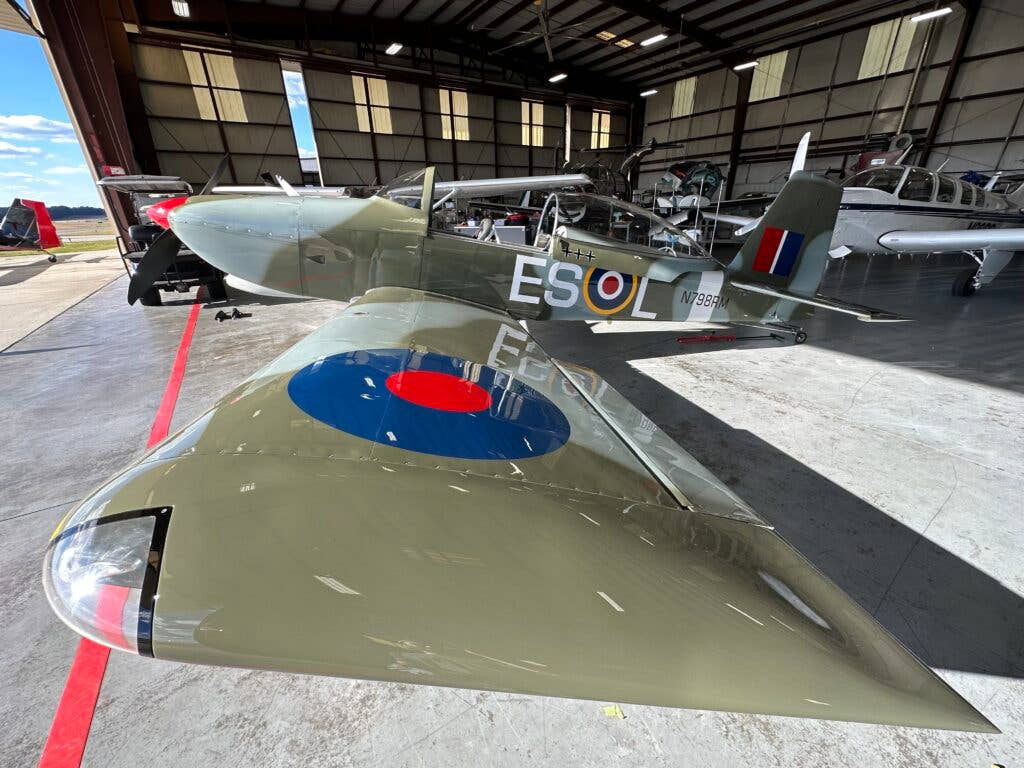
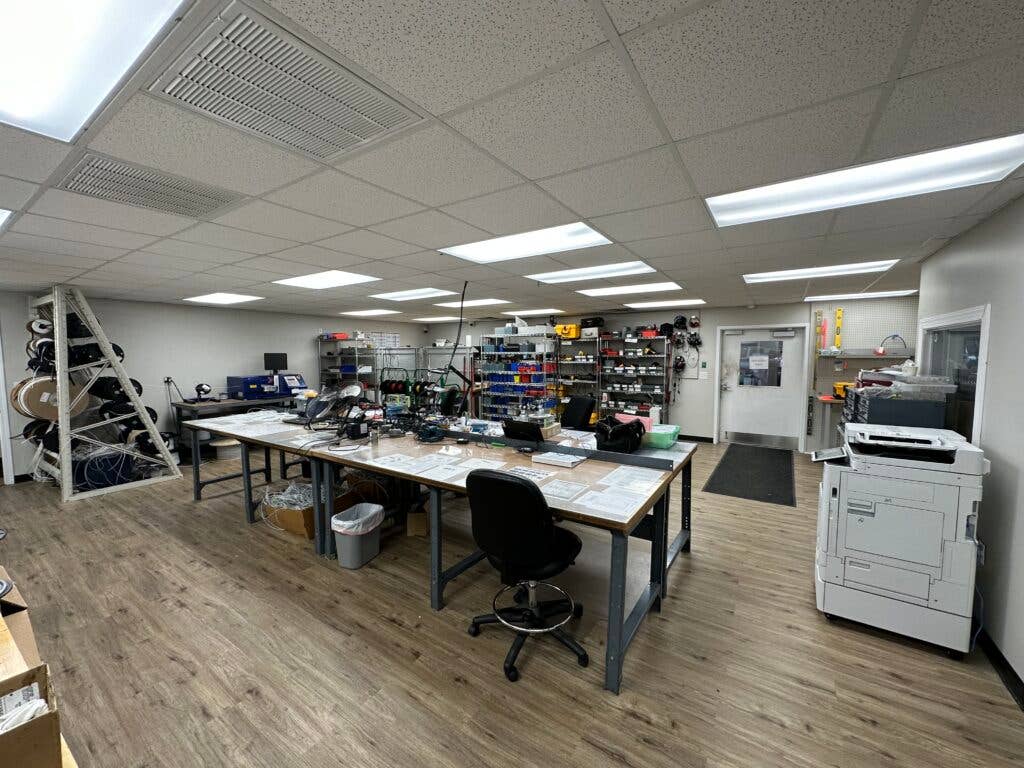
Find Your Installer
Turning onto Atlanta Regional Airport-Falcon Field (KFFC), I pass through the open gate and park in the gravel lot. I enter the Gardner Lowe Aviation Services (GLAS) lobby and go to the customer service counter. I am here to see Karl Gardner, the company president, and talk airplanes.
Gardner has been in the aircraft maintenance business for 30-plus years, specializing in avionics. After starting, growing, and selling several business entities, he gave it one more trip around the pattern and merged with legendary Lowe Aviation, the cornerstone of middle Georgia aviation since 1946. We catch up and soon get down to talking shop.
Gardner and I have known each other for years, and I even did a few engines for him during my stint as an aircraft engine shop owner. Remember my story about my guys forgetting to torque seal the through-bolts of a 470? Yeah, that was Karl who called me out on it. I'm just glad he called me and not the FAA!
I asked how things were going, and although Gardner is doing well and the shop is busy, life is not devoid of challenges. When asked to elaborate on the headwinds facing general aviation today, Karl matter-of-factly stated spare parts scarcity and cost. He relayed a quick story referencing the cost of a bellcrank for a Cessna 170, which is well more than $3,000 now. It appears they added a leg for autopilot, which is hardly justification for the cost.
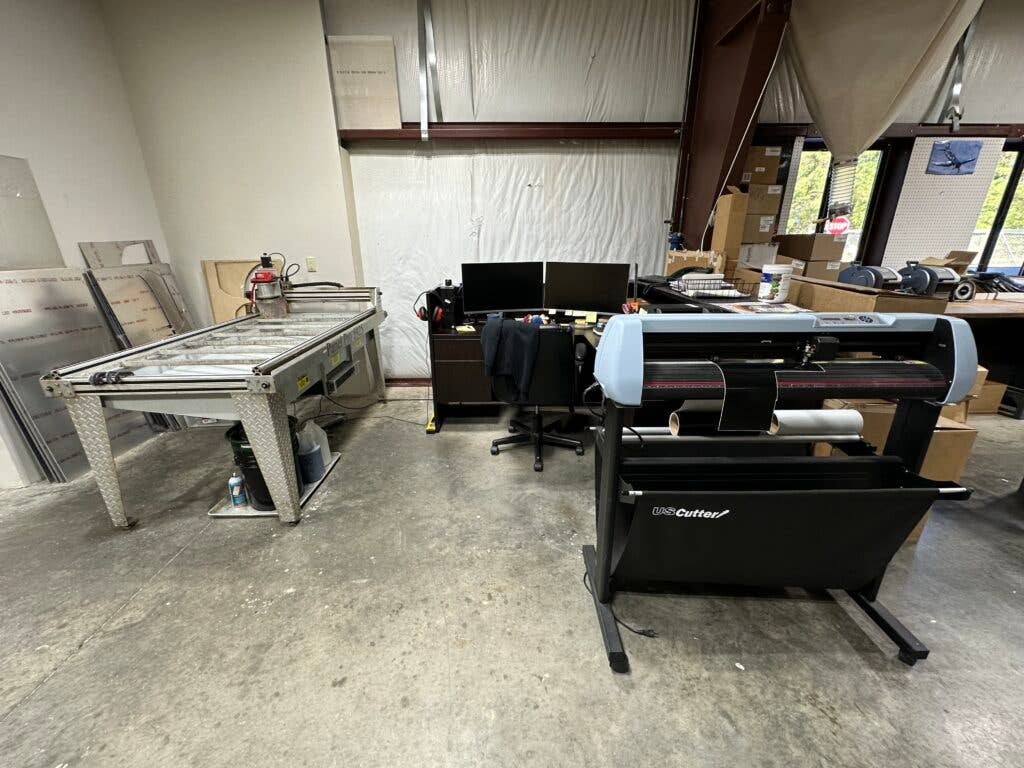
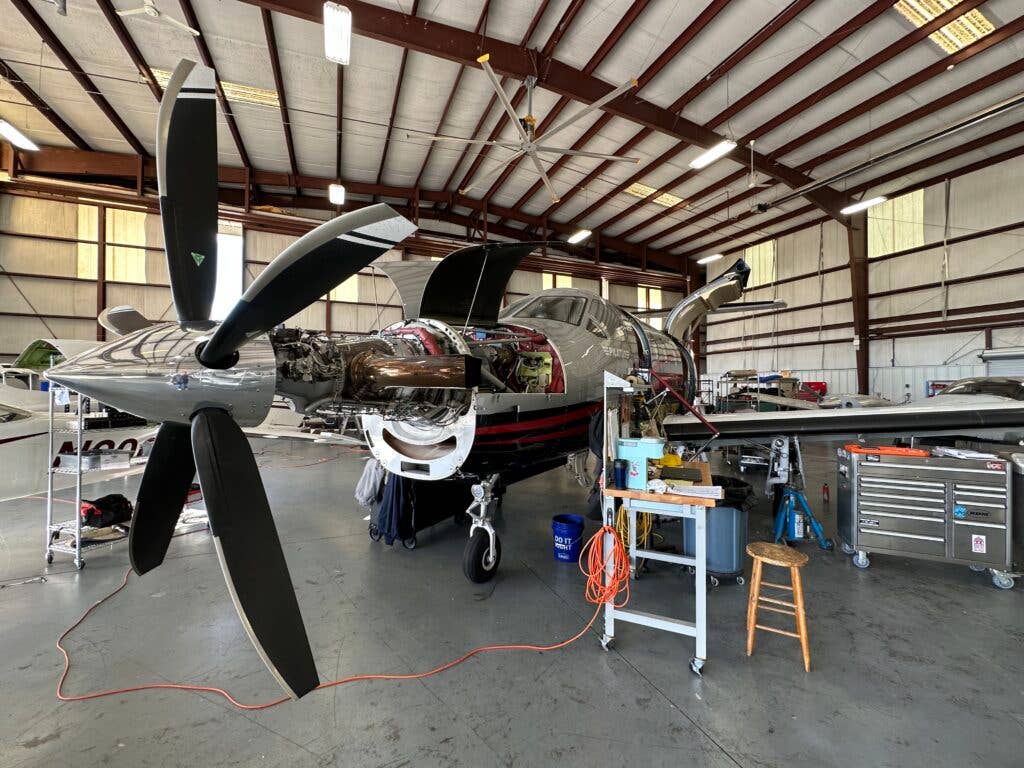
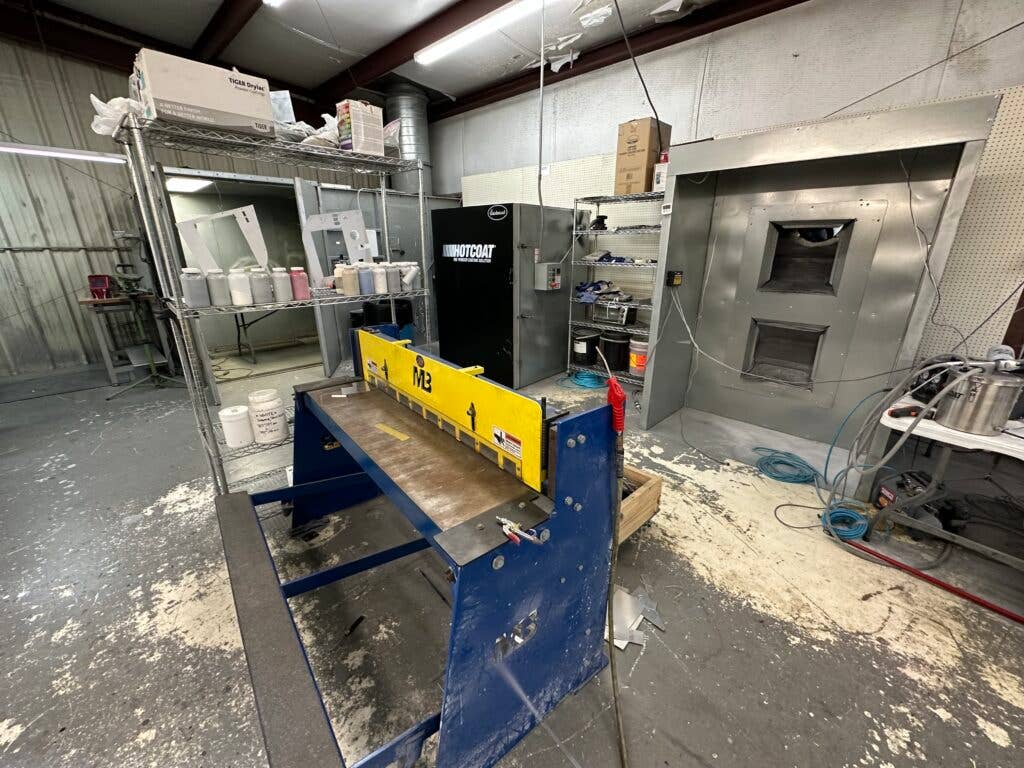
With the cost of ownership skyrocketing, I inquired as to some strategies folks are trying to stay airborne. Gardner said he sees more partnerships in airplanes now. It is an excellent way to spread out the cost and keep the price per share low. Partnerships also help airplanes, as people are more apt to fly, and airplanes hate to sit. Aero clubs are another way to get your flight fix without breaking the bank.
Eventually, our talk landed on aircraft panel upgrades. As you probably guessed by now, Gardner Lowe is scheduled to do the installation on Mercer's Saratoga in early November. The Saratoga is getting a new Garmin system. As a Garmin factory authorized installation and service provider, GLAS has the full support of the factory behind it. By sticking with the OEM and installing via supplemental type certificate (STC), GLAS can keep the process relatively simple, which is not easy in the world of avionics installs.
Like most small business owners, Gardner finds his clients through word of mouth and other customer testimonials. Some have even taken to the internet to show their appreciation. Some of you may be familiar with Mindy Lindheim, aka Schmiiindy on Instagram, and her 1957 Cessna 182 Skylane. Lindheim documented her experience in a two-part video series on YouTube. You can check part 1 here, and then head over to part 2 to finish up.
Get to Work
Once you have settled on a maintenance facility, picked out your hardware, and have a date, it's time to get to work. Lane Mitchell of Mitchell Aviation Services works in conjunction with GLAS and is handling the logistics for Mercer and his Saratoga. November is right around the corner, and I am sure you are as eager as they are to see this get done. The good news is FLYING will be right there when it happens. I may even shoot some video of the process. Please tune in next time, sports fans, and watch us crack open the panel of this Saratoga. Part 2 is coming soon!

Sign-up for newsletters & special offers!
Get the latest FLYING stories & special offers delivered directly to your inbox

